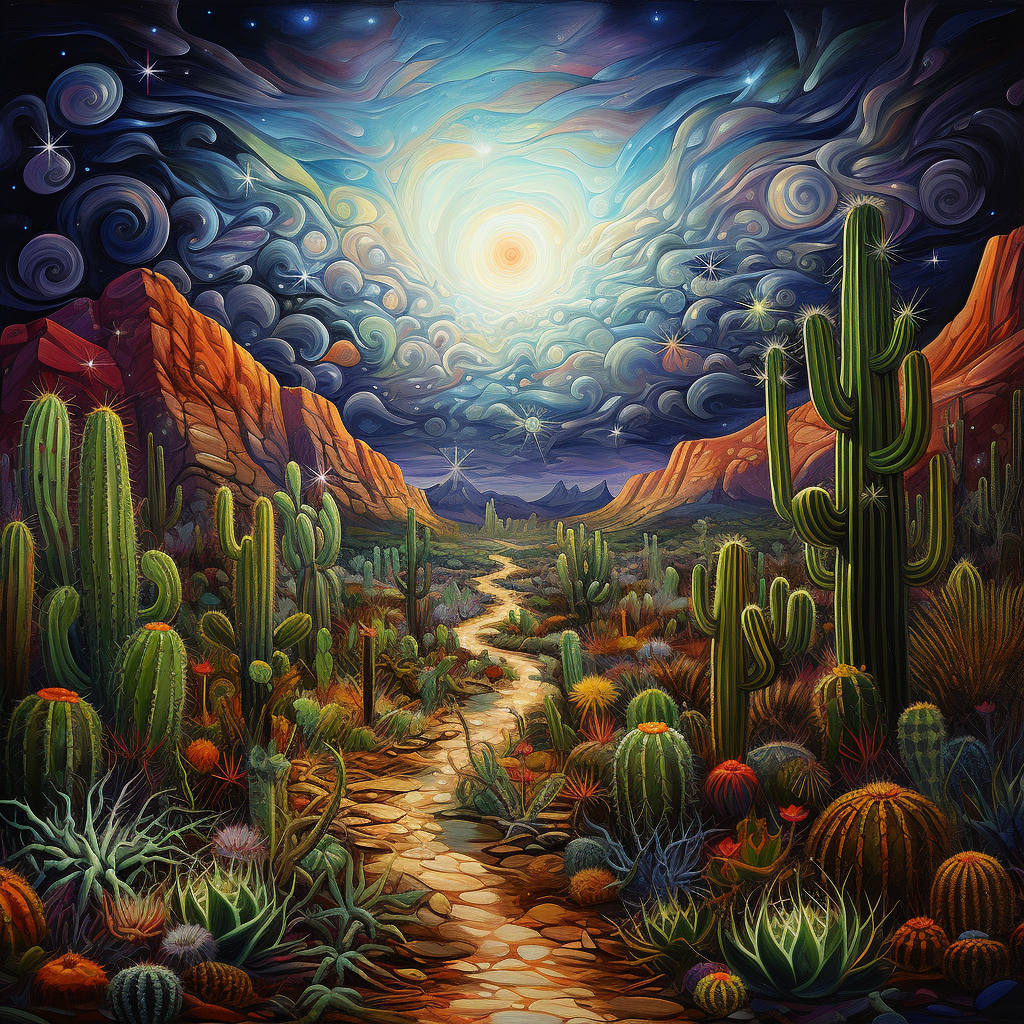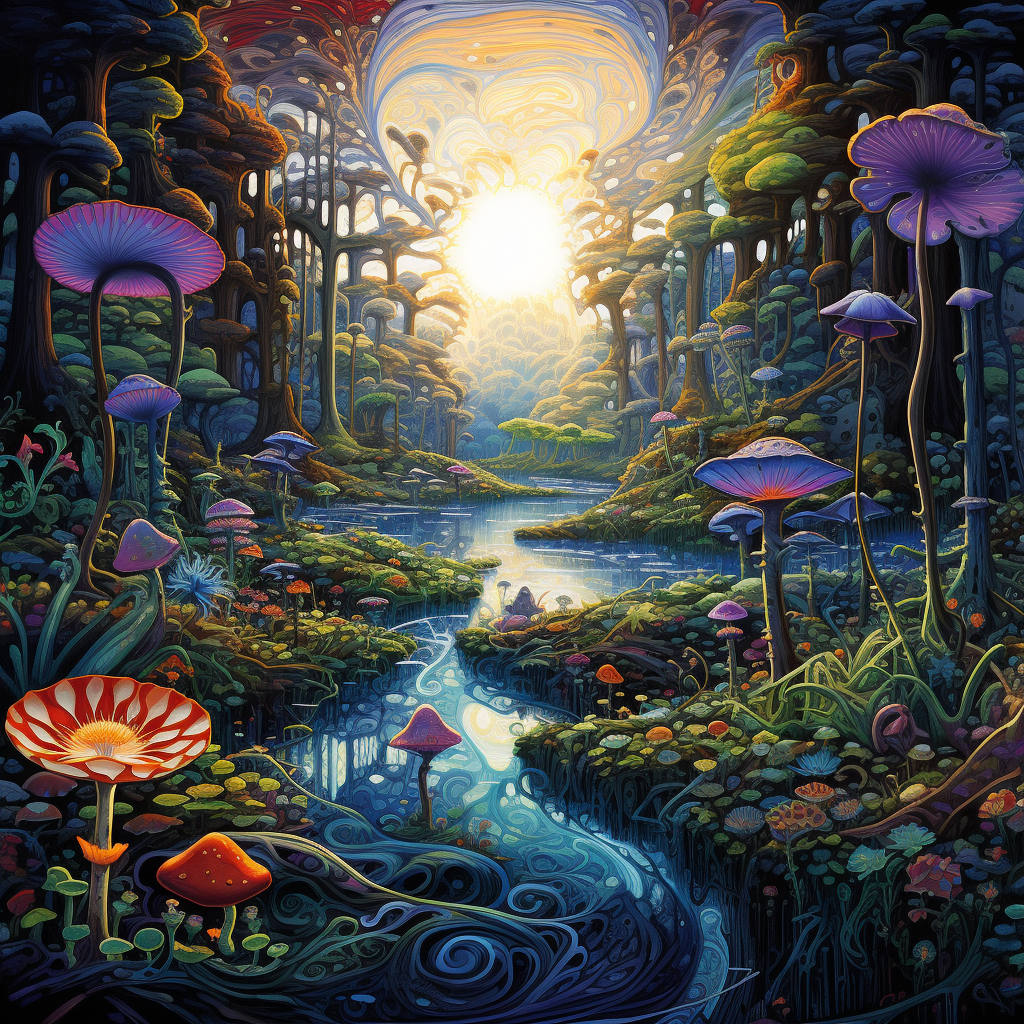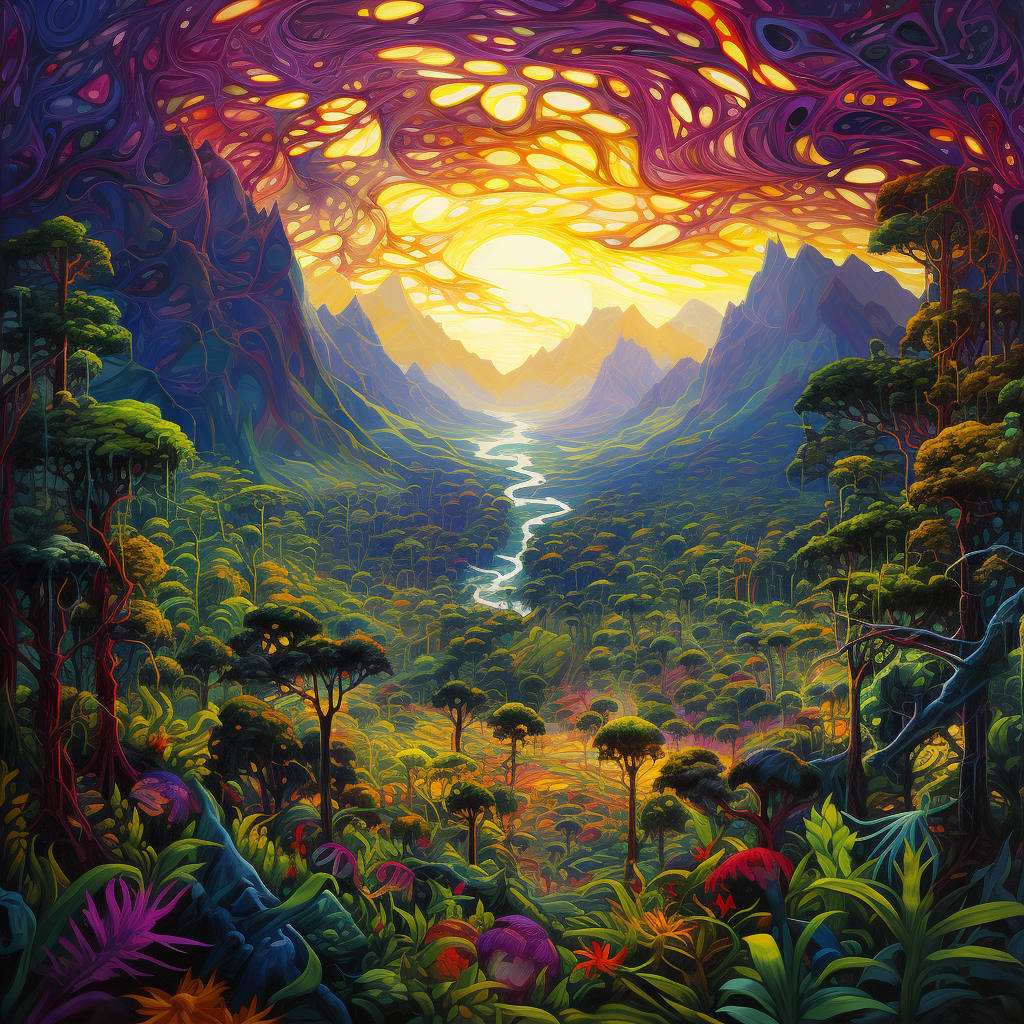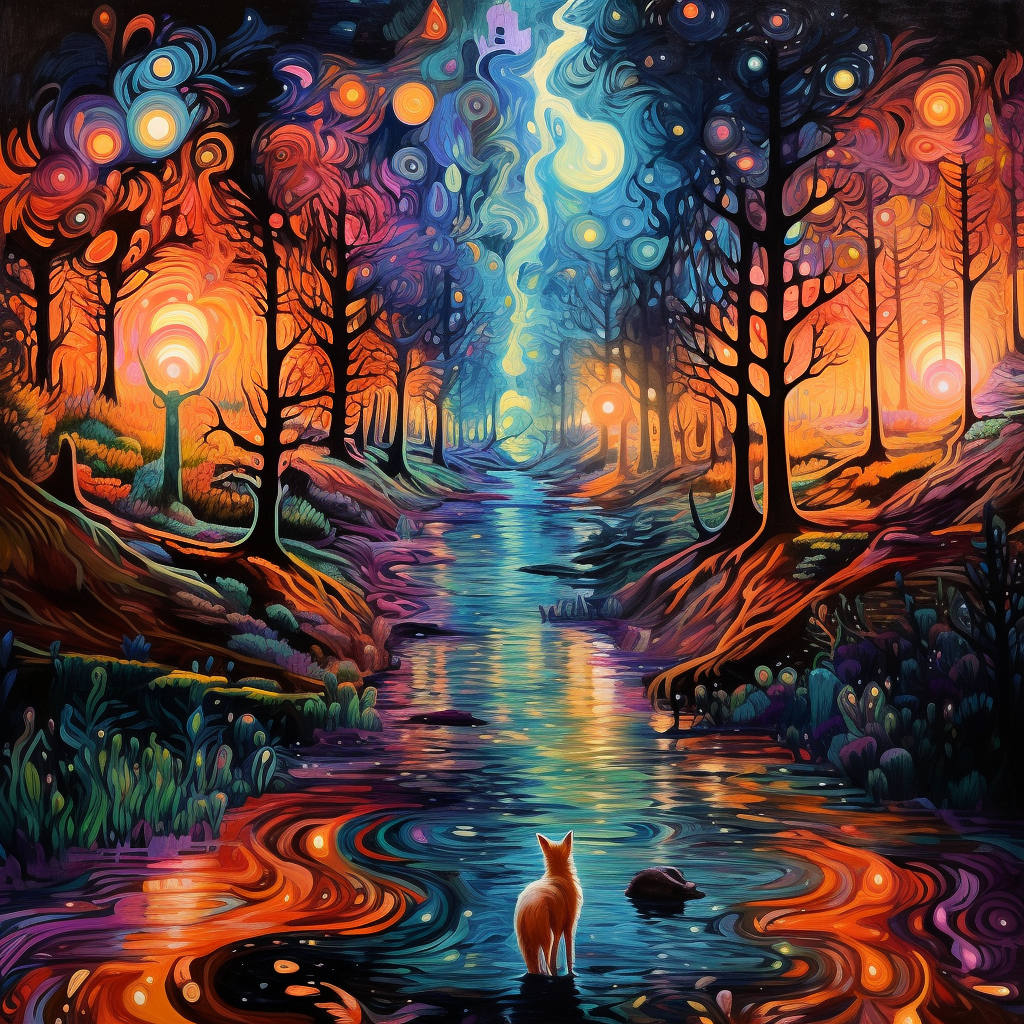To get started in understanding shamanic journeys with the aid of plant medicine, let’s look at the definition of the word psychotropic medicine. “…psychotropic medication is a psychoactive drug taken to exert an effect on the chemical makeup of the brain and nervous system.” (wikipedia.org)
This sounds pretty austere so let’s look at it from a more practical and spiritual perspective. If you have attentively read the chapter headline you realized that I split the adverb psychotropically up, because in it we already find the answer to what these medicines really are. The spirit of the plant showing up in the form of an ally is helping us to gain insights and to reintroduce healing.
So we are inducing a medicine (power) of a plant that is changing the way we perceive our reality and therefore are able to open up to a change in perspective. Effectively helping us to step out of the confines of our often ego-centered sense of reality. To fully grasp the role and importance of this kind of work we need to look at the historical context of this form of exploration and healing. Even though it is often seen synonymously with indigenous cultures in general, this is not the case. We find the answers to which cultures used plant medicines in altering the state of mind or consciousness by looking at where these plants originate. From a very superficial point of view, it can be said that most of the medicinal plants we know of today that are used in shamanic journeys have their origin on the Southern American Continent. Ayahuasca, a mixture of plants as well as San Pedro is often associated with the Andean Mountains and the cultures living in the Amazon Rainforest. Even though Psilocybin is extracted from a multitude of mushrooms it is often associated to have come from Central America similar to Peyote.
An important distinction we have to make is that the word medicine used in a shamanic or indigenous context has a slightly different meaning than what the Western term points at. Medicine can be compared to power or the essence of a being. So people as well as plants can carry strong medicine or power. That power reflects the capability to help the “traveler” transcend the prison of the mind and knock down the walls of “ordinary” perception.

A word we will be looking at in the context of shamanic journeys is ordinary and it’s opposite non-ordinary. In shamanic terms, there are different kinds of reality. By ingesting a plant medicine we are able to journey to this non-ordinary reality. It is important to note that contrary to the belief of many people, these experiences are not made up or hallucinatory in the sense that they are not “real”. It is simply a different plane of existence that is ruled by other laws.
In the ceremonies when plant medicines are used, the shaman is the facilitator and keeper of the sacred space that is needed for both of these worlds to come together. The agent or ally that makes the journey possible is the medicine itself. With psychotropic allies of this kind, the shaman’s role is also to see to it that the person or group members will find their way back to their bodies, as well as help them with the integration process that is often necessary. The more unexperienced the traveler is the more help they might need to translate the imagery and experiences into a format that their rational mind is able to understand. In a way, this is also the start for any shaman in training. We learn to navigate in these unknown territories.
In plant-based shamanic journeys, the teaching is often coming from the spiritual essence of the plant. How this Ally or teacher will show up in one’s journey might differ from person to person. However, the energy or spirit inherent in the plant will act with common attributes. Those of you who read Carlos Castañedas books know what I am referring to. The journeys Castañeda experiences with the aid of the Datura medicine differ greatly from his experience with Mescalito or the Peyote plant. Similarly, Don Juan, Carlos’s teacher in the book, expands on the difference between medicines with strong female aspects in contrast to more male-oriented qualities in the plant spirit.
This might be a long shot but everyone who has taken plant medicines recreationally knows this to be true. This is no different from the conscious use of these medicines. The only difference is that we become addicted and the relationship turns into a, often toxic, co-dependency.

So the question remains for all those who have not yet been called to this form of healing, why would someone seek out this kind of experience?
As we briefly discussed, the underlying purpose of working with plant medicines is related to healing. The Medicine Wheel that many indigenous cultures developed, consists of Four Quadrants or Directions. Most easily understood are the cardinal directions associated, with East, South, West, and North. Each tribe and indigenous nation work with different interpretations as well as incantations to open and close the sacred space within many of the rituals take place.
When we look at the four directions helps us to understand the restoration or remembrance of health or wholeness. Imagine we carry the spheres of spiritual, emotional, physical, and mental in us. With the help of the allies, we find the healing that is necessary to be balanced in the center of these spheres. The directions can represent much more and so through the help of the allies we learn how to integrate this knowledge into our life situation. This is a journey of lifelong learning and whether we decide to walk this path with plant medicine or without it is simply a question of preference.

For some people, it feels natural and appealing to seek out the guidance of these plant allies and to work with them. Similarly, it feels natural for some to practice different kinds of yoga or Tai chi.
In a way, our intuition is often guiding us in terms of attraction or “aversion”.
We intuitively understand what is calling us because as the saying goes, when the student is ready, the teacher appears. I felt very much repelled by the concept of losing control and surrendering to something I could not stop. As disconnected as I had been I subconsciously understood that I suppressed so many things, that I was frightened of opening up to what was already haunting me in my nightmares. But even that is no indicator of whether or not we feel drawn to such a form of healing. If we look at Ram Dass’s experiences with Psilocybin, he suppressed a lot and still felt drawn to experimenting with this form of healing.

Initially, I had planned to write one Article looking at the difference between shamanic journeys with and without plant medicine. However, I realized that this would probably exceed the attention span of the average reader so I decided to split it up.
In the next Article, we will be looking at non-psychotropic shamanic journeys. I am using the word non-psychotropic here but in my practice and life situation “shamanic journeys” are always carried out without plant medicines so they represent what I see as conventional shamanic journeys. One of the big advantages we are going to look at is the possibility of facilitating shamanic journeys online through video calls.
If you are interested in participating in an online shamanic journey, you can register for the free webinar series, which is a great way to experience this wonderful way of healing from home. You can find more information and the registration link here.
I hope this article was informative and enlightening. I wish you peace and love and am looking forward to seeing you soon.
Aloha

